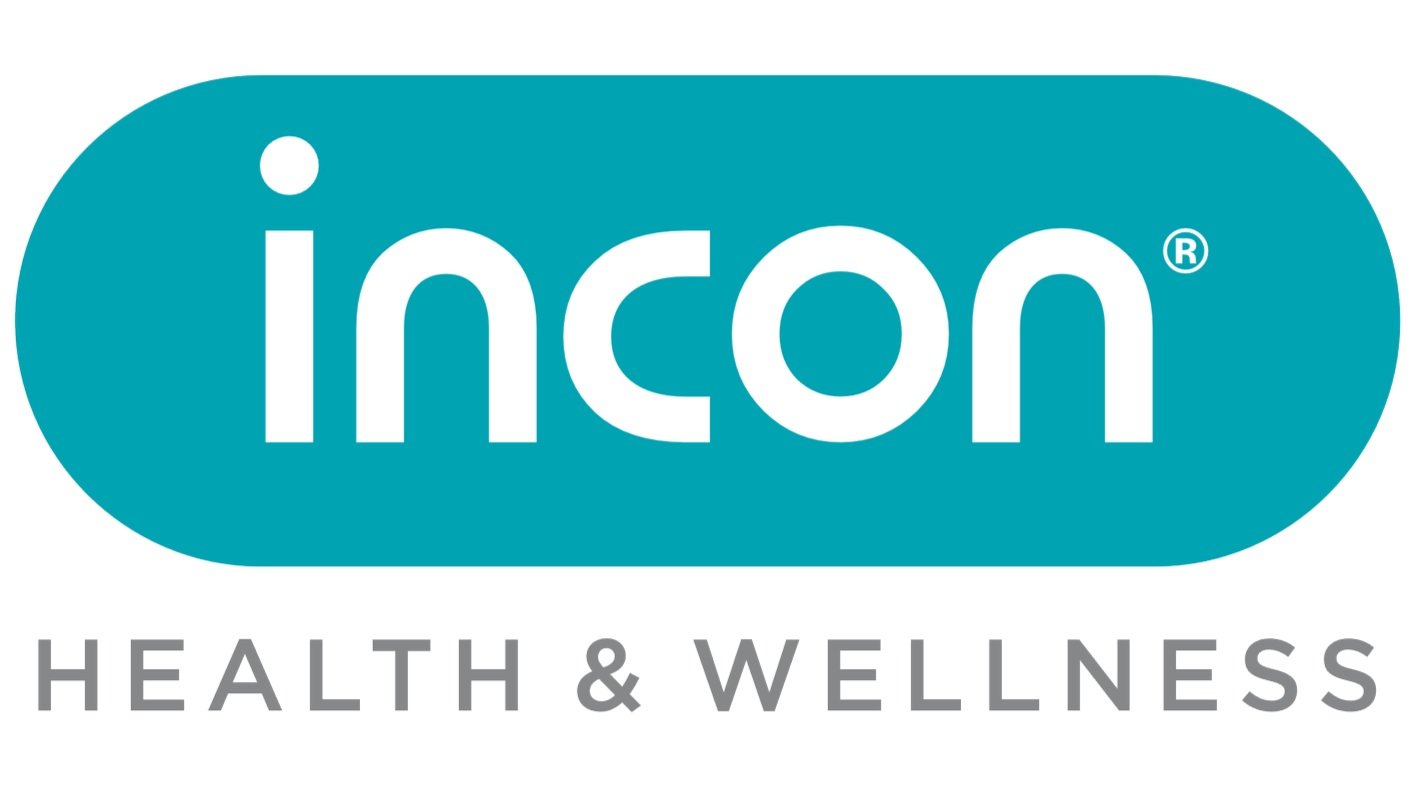Compliance vs. Culture
Why is Tick-Box Safety not Enough? Because real safety goes beyond the checklist.
In many workplaces, health and safety still operate on a compliance-first mindset. Policies are written, boxes are ticked, and audits are passed. But while compliance may keep a business legally covered, it doesn’t always create a genuinely safe working environment.
The truth is, regulations set the minimum standard - not the gold standard. And as work environments grow more complex, that baseline often isn’t enough.
A culture-first approach to health and safety is what truly makes the difference.
Culture is what shapes everyday behaviours - how teams respond to hazards, how leaders prioritise well-being, and how comfortable employees feel raising concerns. When safety is embedded in culture, it becomes second nature. People act not because they have to, but because they want to protect themselves and each other.
That shift from obligation to ownership is powerful. Employees become more engaged, more proactive, and more accountable. Regular training, open dialogue, and visible leadership support all play a role in reinforcing those behaviours over time.
Importantly, a strong safety culture doesn’t just reduce risk - it builds trust. Staff feel supported, valued, and part of something bigger. That kind of environment boosts morale, strengthens retention, and helps the entire business perform better.
Compliance is the foundation. But culture is the framework that sustains long-term success. Together, they create workplaces that are not only safer, but smarter and more resilient too. Because real safety is lived - not just logged.

